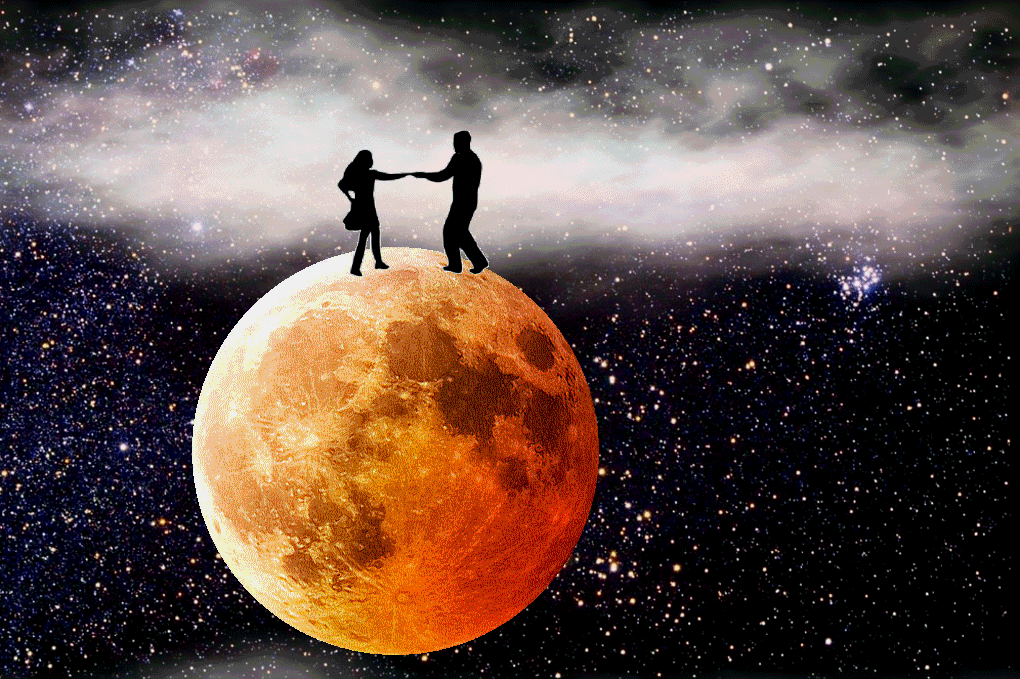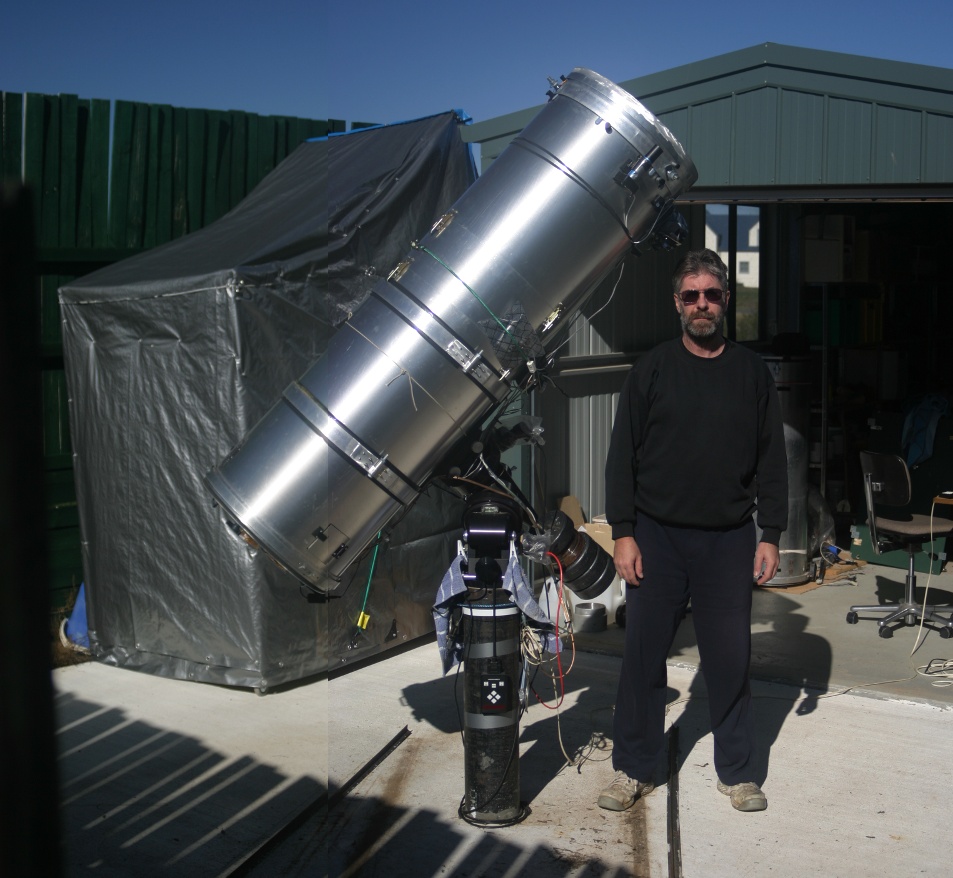.
Posted on 05/31/2019 5:12:10 PM PDT by BenLurkin
Science does not know exactly how these phenomena occur on the moon. But it has attempted to explain them: the impact of a meteor, for example, should cause a brief glow. Such flashes could also occur when electrically charged particles of the solar wind react with moon dust.
"Seismic activities...would explain the luminous phenomena, some of which last for hours," says Hakan Kayal, Professor of Space Technology...in Bavaria, Germany.
Kayal's team built a lunar telescope and put it into operation in April 2019. It is located in a private observatory in Spain, about 100 kilometres north of Seville in a rural area.
The telescope is remote-controlled from the JMU campus. It consists of two cameras that keep an eye on the moon night after night. Only if both cameras register a luminous phenomenon at the same time, the telescope triggers further actions. It then stores photos and video sequences of the event and sends an e-mail message to Kayal's team.
year of work will be required before this can be done.
Interest in the lunar luminous phenomena is currently high. This is also due to a new "race to the moon" that is underway: China has started a comprehensive lunar program and at the beginning of January 2019 launched a probe on the far side of the moon. India is planning a similar mission.
Behind all these activities are prestige reasons and a striving for technological "supremacy" in space. China and other players such as Space X, however, are also considering the moon as a habitat for humans in the long term. In addition, there are raw materials on the moon—for example, rare metals for smartphones and other devices.
By then, at the latest, it should be clear what the mysterious flashes and luminous phenomena are all about.
(Excerpt) Read more at phys.org ...
.

It’s just one of the many things Putin does to amuse himself.
Someone needs to tell the Japanese that the letter they think is an O is a Q... Their P is OK but they should mind their Os and Qs.
What movie was that?
hey! they are scientist! They will just make Sh*t up just to provide an answer. Nobody likes to hear and educated person say ‘I don’t know’. So just give an answer and call it a theory. It will be accepted as fact until it is disproved.
The complete NASA Technical Report TR R-277. Published July 1968.
http://www.astrosurf.com/lunascan/papers/R-277.pdf
It’s ET having a beer drinking party and they are playing Tiddlywinks with the bottle caps.
First Men in the Moon. The original.
Ah, thanks!
That's what science is mostly about. Observation. And lots of it. Btw, that how an Australian amateur astronomer using his backyard telescope discovered that a large comet or asteroid has crashed into Jupiter, creating a hole the size of the Earth in the planet's atmosphere. I understand he left the scope one night, went inside as he wanted to watch some golf game on TV. But he left his camera on and running which was mounted to the scope. He came back to the scope later only to find what the camera had captured.
I believe they saw the comet/asteroid BEFORE it hit Jupiter. It was named after them. And then EVERYONE got to watch it slam into Jupiter. (Well, all of the pieces of it).
Oh - found it. And it sounds like they were more than just casual observers - but not full-fledged “scientists” either.
“Shoemaker-Levy 9 was first spotted in March 1993 by three veteran comet discoverers: Eugene and Carolyn Shoemaker, and David Levy. The group had collaborated several times before and discovered several other comets before this one, which is why this comet was called Shoemaker-Levy 9.”
If that thing had hit us, well it would have been lights out permanently. Jupiter did it’s job and took one for the team.
No, that was a different event with Shoemaker Levy.
This an amateur Australian astronomer by the name of Anthony Wesley and he only saw it post impact.
https://en.wikipedia.org/wiki/Anthony_Wesley
Oh! Thanks. Cool stuff, coming from a guy that got a telescope at ten years old!

Thanks BenLurkin. Impacts of space debris on the Moon don't yield the result that is expected, hence the response s/b, further study to see why our expectations are wrong. :^)
|
I remember that one of the reasons why the Taurus-Littrow region was chosen as the landing site for the Apollo 17 mission was because flashes from there were seen by the Apollo 15 astronauts. However, I never heard if the cause of those flashes was discovered.
Thank you! I have captured it and squirreled it away in my PDF treasure trove.
Disclaimer: Opinions posted on Free Republic are those of the individual posters and do not necessarily represent the opinion of Free Republic or its management. All materials posted herein are protected by copyright law and the exemption for fair use of copyrighted works.